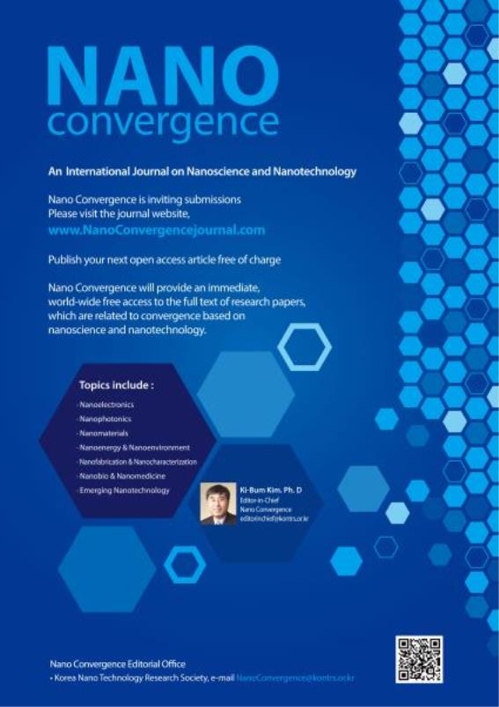Physical correlation between stochasticity and process-induced damage in ferroelectric memory devices
Abstract
This study investigates the influence of sputtering plasma-induced damage on stochastic characteristics in HfZrO₂ (HZO)-based ferroelectric tunnel junctions (FTJs), with an emphasis on memory and neuromorphic device optimization. Variation of the sputtering plasma power during top electrode deposition introduces distinct levels of trap within the HZO layer. Low-frequency noise (LFN) spectroscopy and temperature-dependent electrical measurements confirm that higher plasma power generates additional shallow-level traps, thereby promoting Poole-Frenkel conduction while simultaneously increasing current noise magnitude. Although the resulting enhancements in on-current density and ferroelectric tunnel electroresistance (TER) ratio are beneficial for high-density memory integration, these conditions also elevate stochastic fluctuations, potentially degrading read margins and long-term endurance. Furthermore, the observed increase in stochasticity negatively affects neuromorphic inference accuracy, particularly after endurance cycling stress. These results demonstrate the critical interplay among plasma process conditions, trap density, and LFN in FTJs. By systematically engineering sputtering process parameters, we optimize the electrical performance with minimized stochastic noise. This approach provides guidelines for the development of next-generation ferroelectric-based memories and neuromorphic systems with consideration of stochasticity, where robust performance and reliability are imperative for large-scale integration.
Graphical abstract

 求助内容:
求助内容: 应助结果提醒方式:
应助结果提醒方式:


